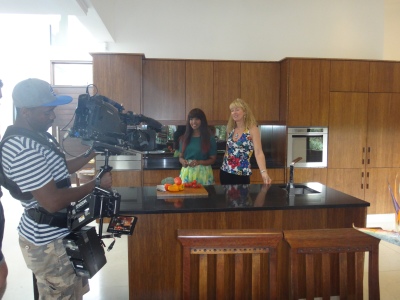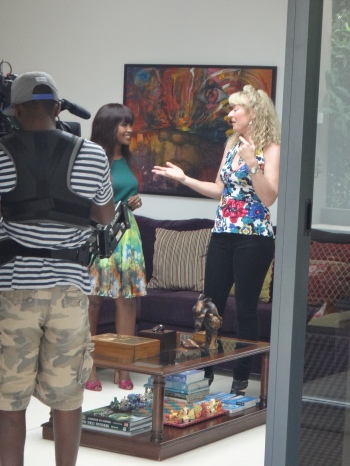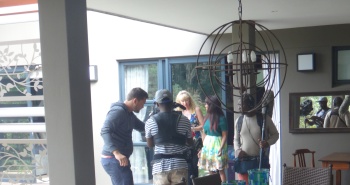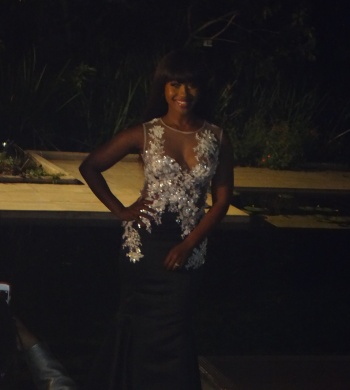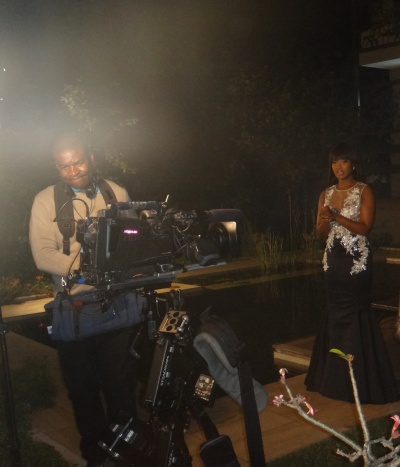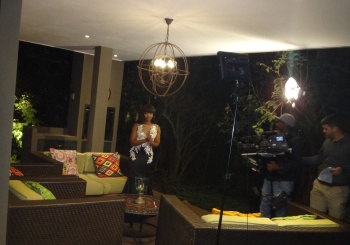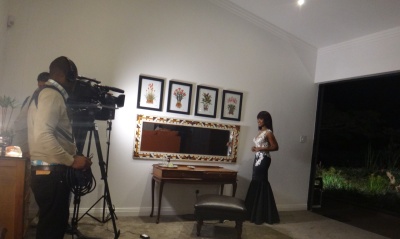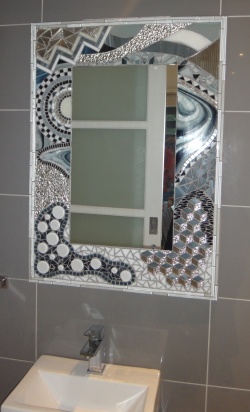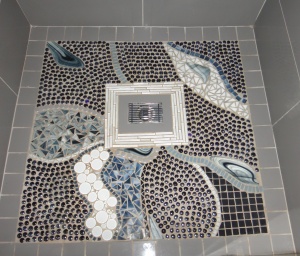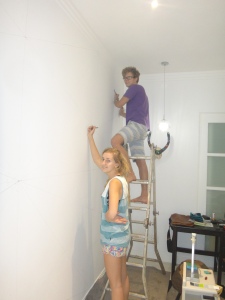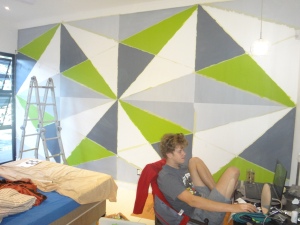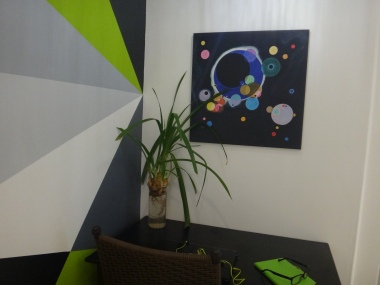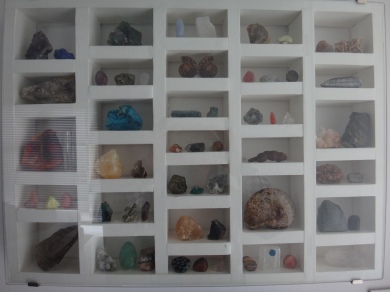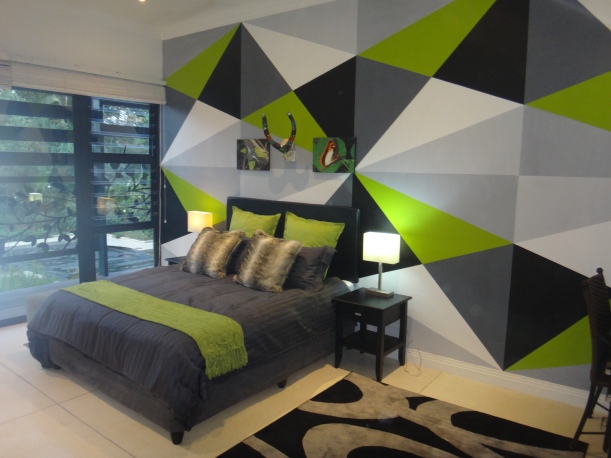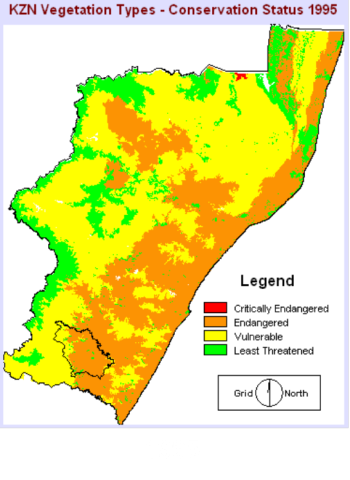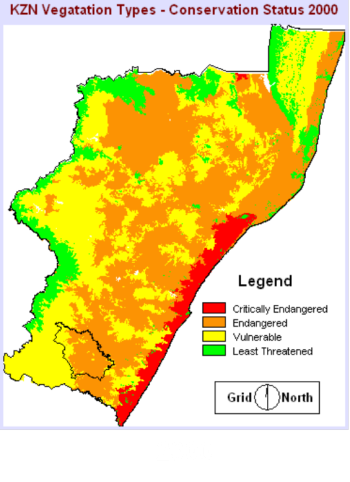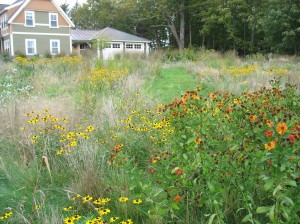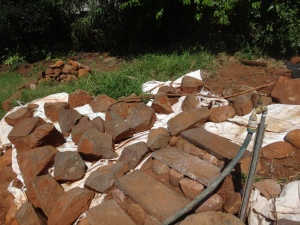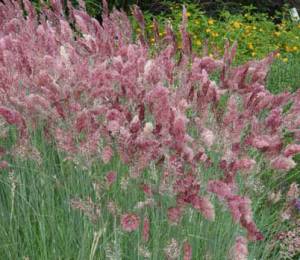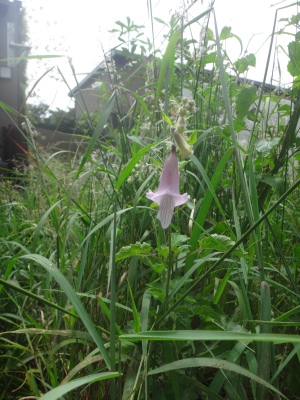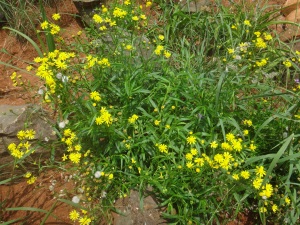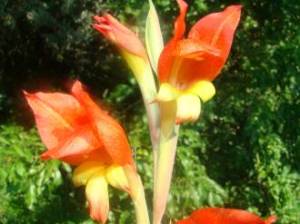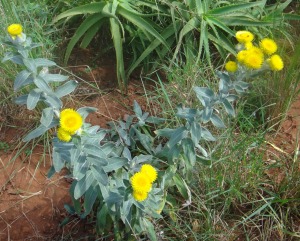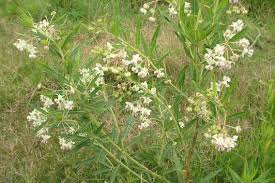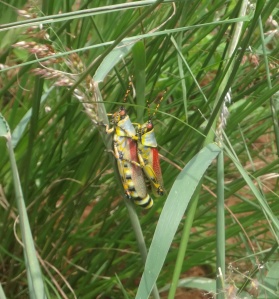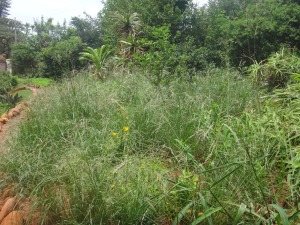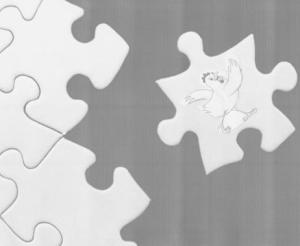 When we embarked on this greening project (an eon ago!) we drew up a long list of goals. Some had to be abandoned early on (e.g. bio-digester prohibited by city by-laws), some exceeded all expectations (roof garden, eco-pool and vertical garden) and some are still a work in progress (pump issues for water harvesting…sigh). The final item on the original list falls under the Urban Farming category. I am so excited to report that the newest members of the family, and final list item, are our gorgeous, egg laying chickens.
When we embarked on this greening project (an eon ago!) we drew up a long list of goals. Some had to be abandoned early on (e.g. bio-digester prohibited by city by-laws), some exceeded all expectations (roof garden, eco-pool and vertical garden) and some are still a work in progress (pump issues for water harvesting…sigh). The final item on the original list falls under the Urban Farming category. I am so excited to report that the newest members of the family, and final list item, are our gorgeous, egg laying chickens.
This, however, is a cautionary tale and although it pains me to share it I do so in the hope that others will be able to avoid our mistakes and possibly secure encouragement from our successes.
My intuition to delay until all our ‘eggs were in a row’ (sorry, can’t resist) was correct. The eggs in this instance related to appropriate housing and the assimilation of the birds with the dogs. We have two Dachshunds (originally bred for badger hunting) and one Rhodesian Ridgeback (bred for lion hunting). I have no interest in owning chickens that are not properly free range but also had no intention of parting with my beloved dogs. We were perhaps a little too casual about what would be involved in ensuring 100% free access to the garden for all parties concerned.
We started off so well! My son Peter scoured the internet for chicken house designs and came up with this wonderful plan that provides a large covered resting place,with perch, in the event of bad weather (coop) with smaller cosy laying box attached. This would be located in a much larger chicken mesh run so the birds and dogs could be separate whilst they were getting to know each other.
Son, with a little help from dad, had the house up in no time and with much happiness we went to collect three 20 week olds from friends who farm down the road.
Chickens were installed and we observed the dogs. The Ridgeback gave them a sniff and wondered off as if to say ‘so what’. The black daxie ran in to my arms in terror. Georgie our brown daxie licked her lips, panted and quivered incessantly.
Day 1, Georgie bit into a corner of the roof. Day 2 she dug under the cage. We reinforced and re-worked. On the 6th night, when she was meant to be tucked up in bed she sneaked out and literally ate through the chicken mesh (the irony) and murdered 2 of our precious ‘girls’.
After much weeping and wailing and resolving to return the surviving Huxley to her original home, husband worked a massive reinforcement with weld mesh, and we girded ourselves for another try. Petunia and Gertrude were brought home (the farming friends, generous with empathy, not just replacements) and I popped them into the run and went to make supper.
VERY BAD MOVE!!
If I had done my homework properly I would have learned that even chickens that have 8 square meters of space, when newbies enter their home, may attack. We woke up the very next morning to a carotid punctured Gertrude and a smug looking Huxley. Google later informed this very ashamed chicken parent, that a temporary second run should have been built alongside. This would enable them to peck and scratch each other safely through the mesh until the novelty wore off. Noted for next time but the chickens were still not free ranging and Georgie was still salivating.
Friends and family admonished to abandon the idea of ‘free-range’ and take comfort from the commercial definition of free range. (Smaller than our current run). This just made me feel more determined and I decided that whatever it took Georgie would learn to be nice to the chickens.
This is what it took. Days 1 – 3 my office moved to a chair next to the chicken run. Georgie was on lead, chickens were bravely stepping out. I was working/voice disciplining Georgie for lunges and whining. Days 4 – 9 my office moved 10 meters away, Georgie off lead, but not out of sight, discipline continues. Georgie is starting to get bored. Days 10 – 21 office moves to veranda. Chickens and daxie frequently out of sight (but not hearing). Georgie eventually completely bored with the whole process and resumes her previous life of sun tanning and hunting moles and pigeons. Chickens happy and FREE!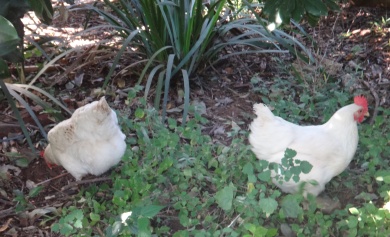
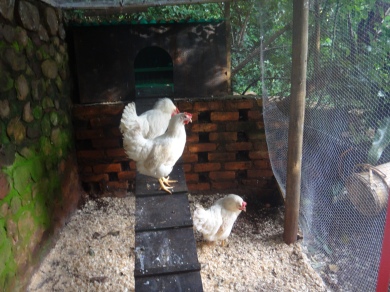
So it’s been a bit of a mission but worth every bit of it. We are now a few months in and the excitement of running down to the chickens to collect eggs has not worn off. The eggs are getting richer and darker and more delicious. The 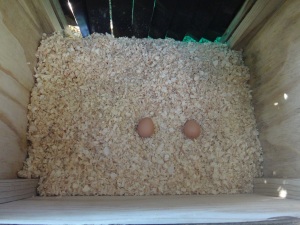 chickens peck and scratch their way around the whole garden (and sometime inside the house!).
chickens peck and scratch their way around the whole garden (and sometime inside the house!).
They come when called and enjoy having their backs stroked. They are a complete delight and have truly brought another level of joy to the Gorgeous Green House family. I would absolutely encourage you to go for it if you are feeling inclined.
Even the science is supporting how good growing our own food is for us. Apparently we are programmed with neural pathways to give us chemical rewards when we do so. This, however, is an activity that generates more than little spurts of dopamine/oxytocin. Take a fresh warm egg from under the bottom of a beautiful healthy chicken and whilst it is still warm, crack into a pan of caramelizing butter and you’ll know exactly what I mean. The final piece of our Gorgeous Green Puzzle is complete. It feels good!


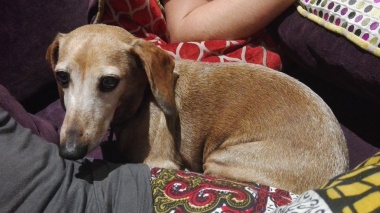

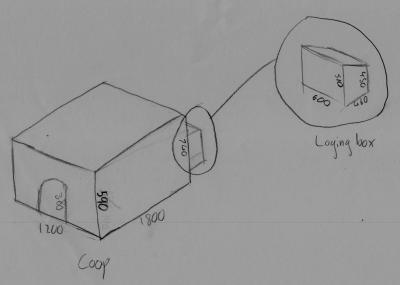
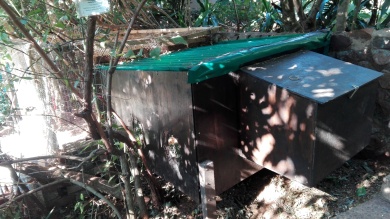





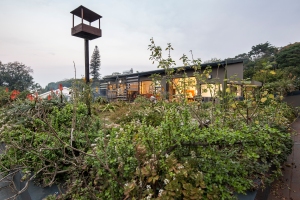
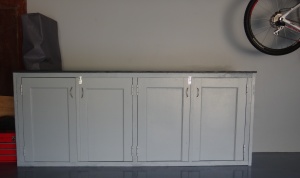
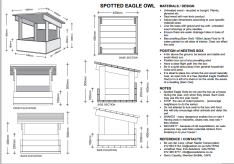
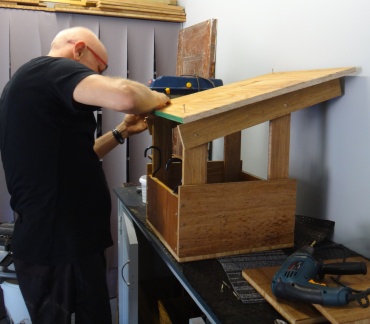
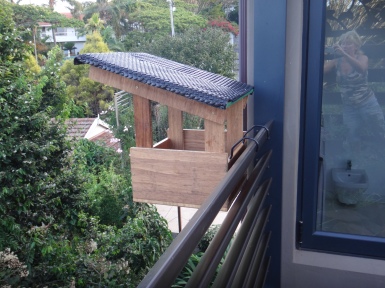
 This months House and Leisure feature the Gorgeous Green House in its ‘Sustainability Supplement’. You’ll need to flip to the end to find us on p.162. Glynis Horning has described our journey well. Pity the photos that were selected don’t link in a cohesive way to the copy. Not sure what sustainability/green message there is in our bed image and where is the eco pool, veggie garden, bee hive….? (sigh, Sally took so many amazing photos). However, the vertical and roof garden do look spectacular and hopefully that will draw people in. (Scroll to end for image of vertical garden).
This months House and Leisure feature the Gorgeous Green House in its ‘Sustainability Supplement’. You’ll need to flip to the end to find us on p.162. Glynis Horning has described our journey well. Pity the photos that were selected don’t link in a cohesive way to the copy. Not sure what sustainability/green message there is in our bed image and where is the eco pool, veggie garden, bee hive….? (sigh, Sally took so many amazing photos). However, the vertical and roof garden do look spectacular and hopefully that will draw people in. (Scroll to end for image of vertical garden).
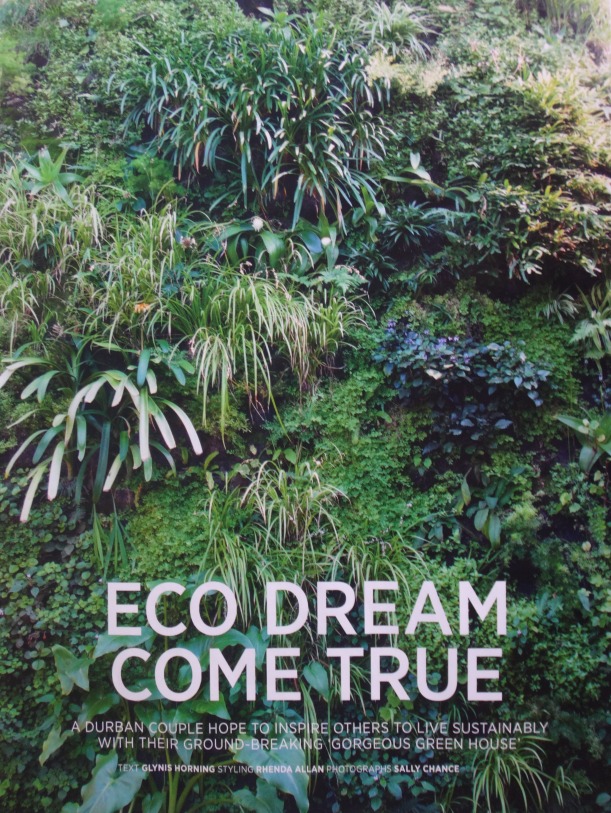


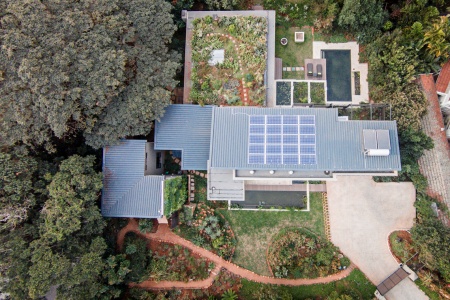

 The Gorgeous Green House will be making her TV debut this Thursday 16 July via the very glamorous No.1 South African magazine programme Top Billing. ( 07:30 p.m. on SABC 3). For those outside of SA there will be a shorter segment on You Tube – will advise when I know.
The Gorgeous Green House will be making her TV debut this Thursday 16 July via the very glamorous No.1 South African magazine programme Top Billing. ( 07:30 p.m. on SABC 3). For those outside of SA there will be a shorter segment on You Tube – will advise when I know.